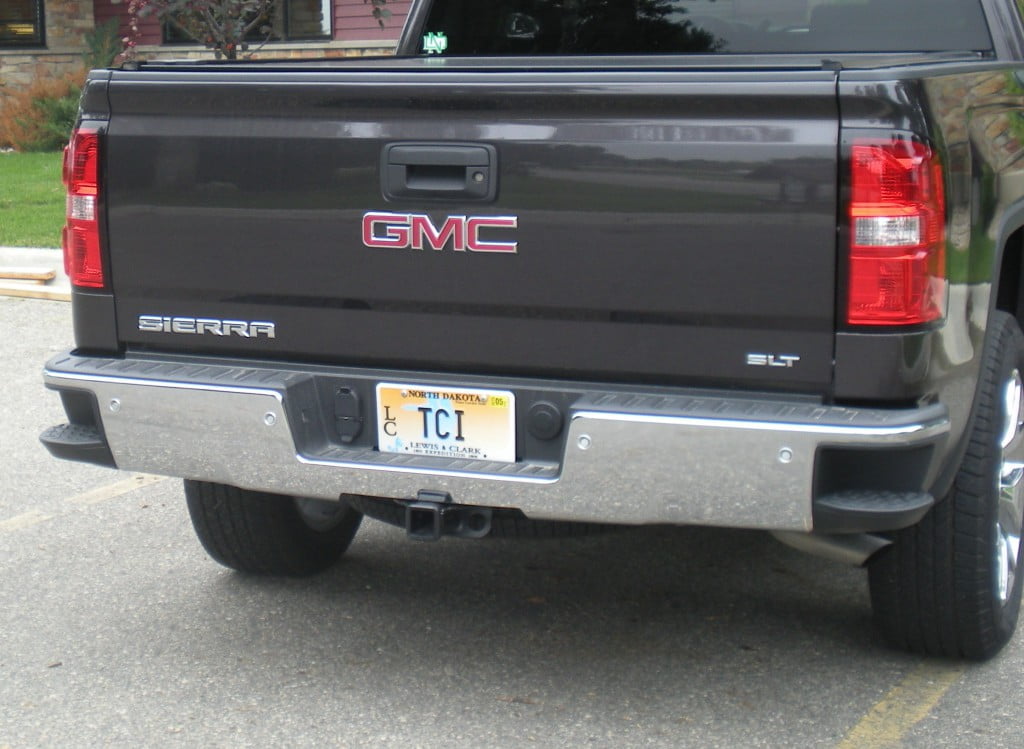Many state laws, including North Dakota and Minnesota, require you to carry a minimum limit of insurance coverage on your motor vehicles. But what does your auto insurance actually cover? Here is some basic information to help you in better understanding your auto insurance coverage.
[hr]
Liability Coverage
Most auto liability insurance policies contain three major parts: liability insurance for bodily injury, liability insurance for property damage, and uninsured/underinsured motorist coverage. Both North Dakota and Minnesota require a minimum level of these liability coverages for all auto insurance policies.
Bodily injury liability insurance does not protect you or your car directly. If you cause an accident in which other people are injured due to your negligence, this insurance protects you against their claims for damages, such as medical expenses, lost wages, and pain and suffering.
Property damage liability insurance pays for any damage you cause to the property of others, such as damage to another vehicle, fence, or tree caused by a collision.
Uninsured motorist coverage protects you directly. This coverage pays if you are injured by a hit-and-run driver or a driver who does not have auto liability insurance. It does not, however, cover any property damage. Underinsured motorist coverage applies when the other driver is at fault and whose limits of liability are lower than the damages you sustained.
North Dakota and Minnesota both have no-fault laws – meaning there is no need to determine who is at fault to receive payment for injury claims. Each party would seek recovery from his/her own insurer instead of bringing a lawsuit. Under the no-fault laws, all auto insurance policies are required to have Personal Injury Protection (PIP) coverage.
Personal injury protection (PIP) will pay you or any other person riding in your car a minimum amount per person for injury regardless of fault. Coverage typically includes medical expenses, rehabilitation expenses, lost wages, funeral expenses, and survivor’s loss benefits.
[hr]
Coverage for Your Car
Coverage for damage to your own vehicle is available through your auto insurance policy. Though not required by state law, it may be required by your lender if there is a loan on the vehicle.
Collision coverage pays for physical damage to your car as a result of your auto colliding with an object, such as another car or a tree.
Comprehensive coverage pays for damage to your auto from almost all other losses other than collision. This can include theft, fire, vandalism, weather related losses such as hail, water (flood), falling objects, damage caused by a bird or animal, and glass breakage.
When purchasing collision or comprehensive coverage, you will need to determine what your deductible should be. A deductible is the amount of money you agree to pay prior to the insurance company making any payment on a loss. Typical deductible amounts are $250, $500 or $1000.
If you still have questions about your auto insurance policy, feel free to give us a call 800.277.8742.
Source: NAIC

